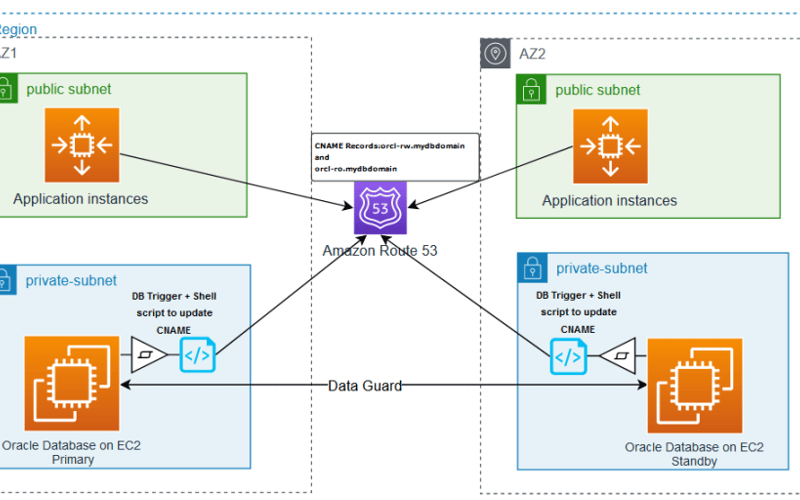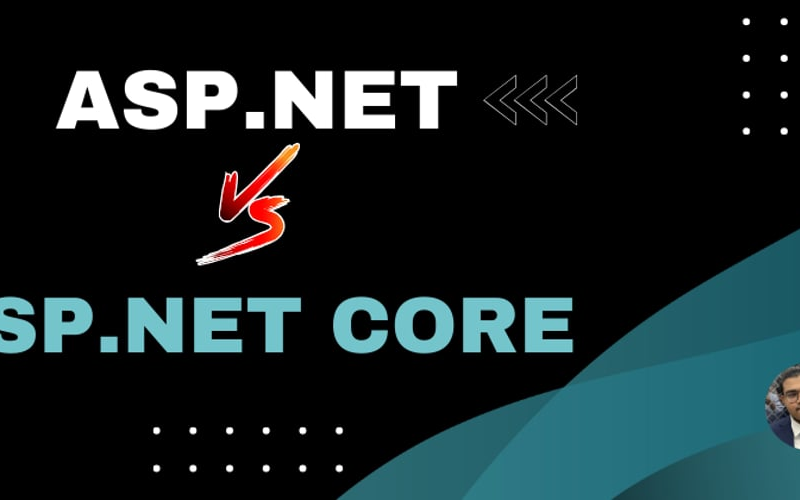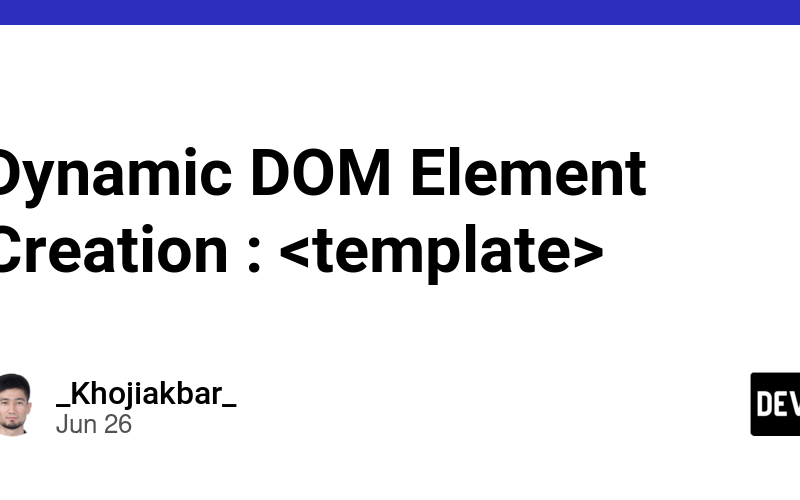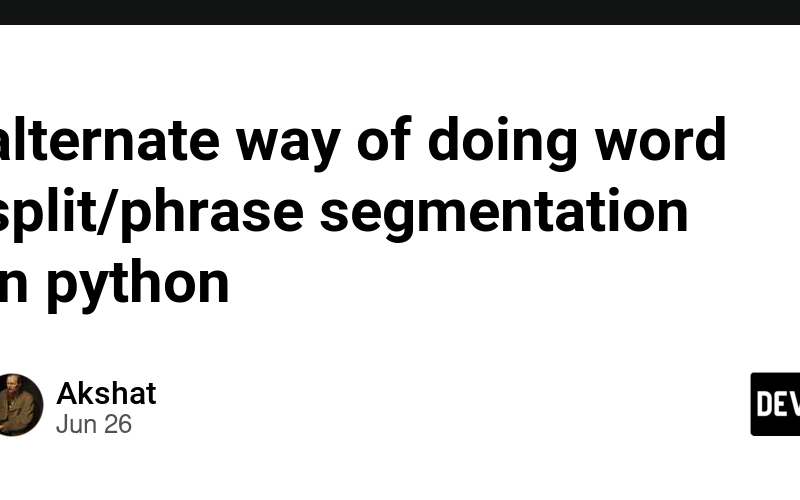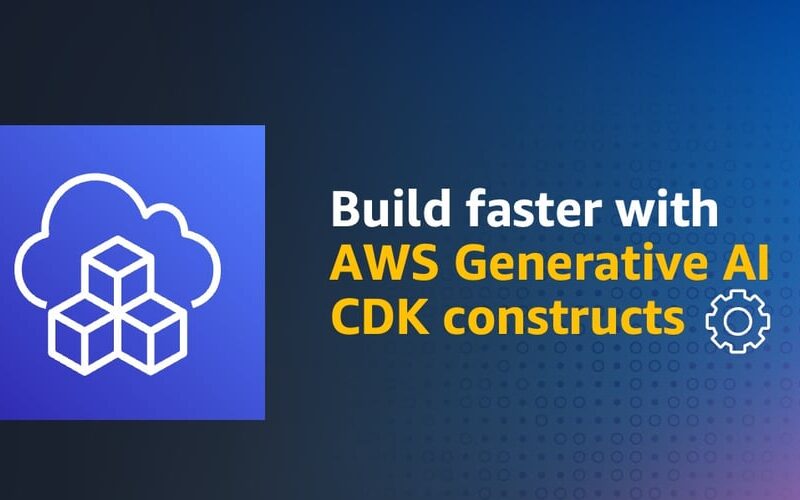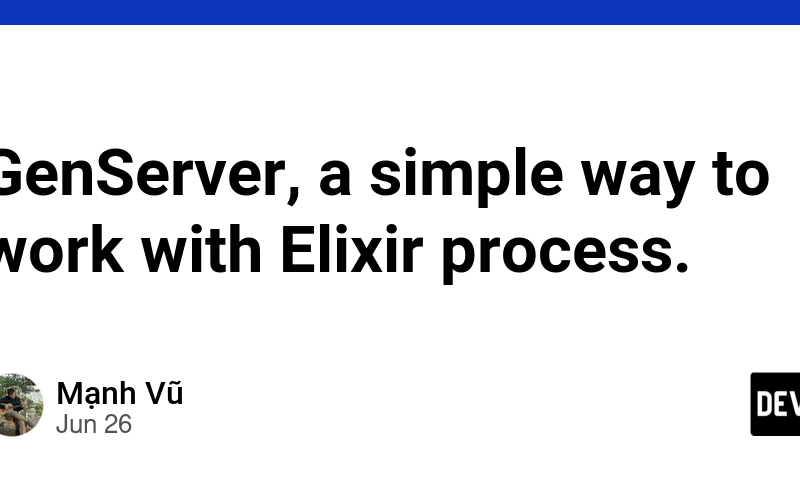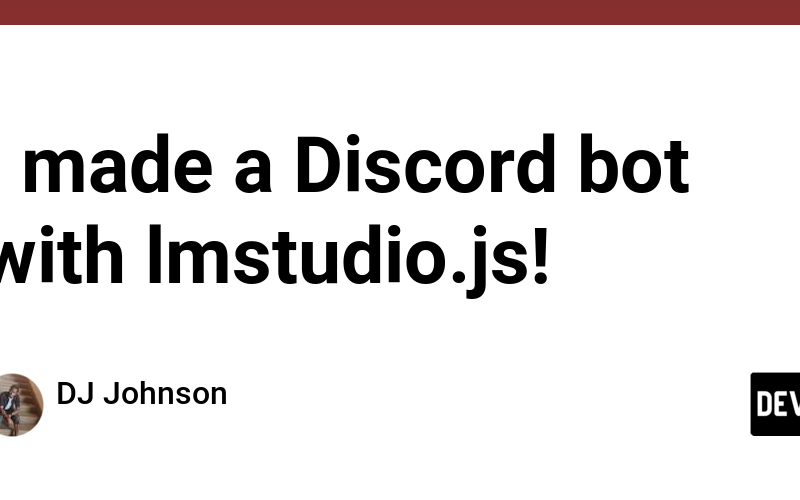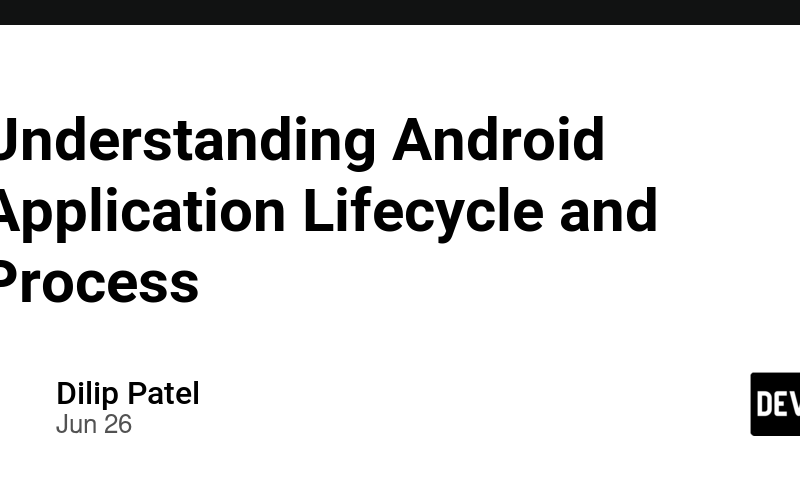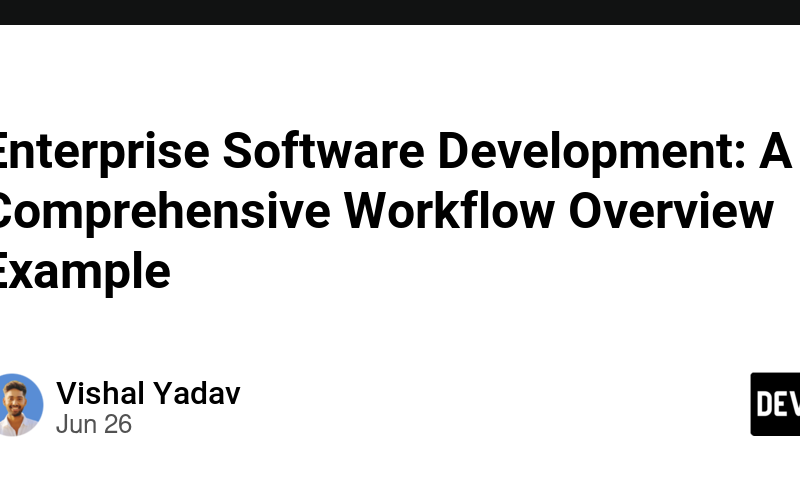26
Jun
With countless posts on the internet explaining the "best" way to study for the AWS Solutions Architect Associate exam, I thought I would add my own experience to the mix. TLDR: Adrian Cantrill's SAA course Tutorial Dojo's practice exams: One question on the exam exactly matched Review Set 7. Many services like Karpenter were covered, which I either forgot or didn't remember from Cantrill's course. Start with Review Mode, complete each exam in an hour and a half. Study incorrect answers using flashcards or another easy-to-review method. I've been dabbling in the DevOps field for a couple of years now.…

